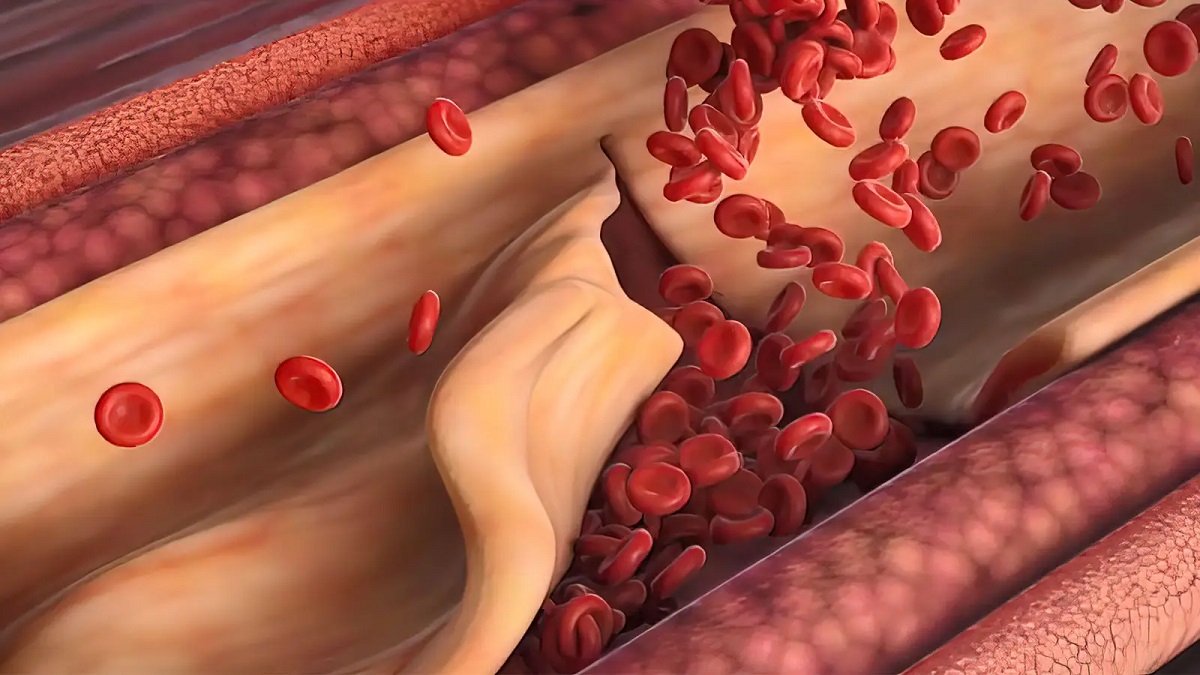KEY TAKEAWAYS
- The P2 phase II and MOST trials aimed to compare platelet control and symptom relief in ET patients switching from hydroxyurea to ruxolitinib versus those staying on hydroxyurea alone.
- The study showed promise in controlling blood cell counts in ET patients who don’t respond well to or can’t tolerate hydroxyurea.
A significant number of high-risk essential thrombocythemia(ET) patients face intolerance or refractoriness to hydroxyurea. While ruxolitinib has shown effectiveness in alleviating ET symptoms, whether switching from hydroxyurea to ruxolitinib offers clinical benefits remains unanswered.
For this study, researchers aimed to compare platelet control and symptom relief in ET patients switching from hydroxyurea to ruxolitinib versus those staying on hydroxyurea alone.
Patients were subjected to 1:1 propensity score matching, considering factors such as age, sex, BMI, ET duration, history of thrombotic events (TE), and EORTC QLQ-C30 score at the index. The index was defined as the initiation of ruxolitinib for the hydroxyurea (HU)-ruxolitinib group or MOST study enrollment for the HU group.
The study outcomes focused on changes in white blood cell (WBC) and platelet (PLTS) counts, as well as the assessment of splenomegaly every 6 months, spanning up to 48 months from the index point.
About 39(P2) and 627 (MOST) patients met the eligibility criteria for analysis, with 37 patients each included in the HU-RUX and HU cohorts after propensity score matching.
Comparing HU-RUX to HU at index, characteristics showed similarities in age (≥60 years: 27.0% vs 27.0%), women (64.9% vs 73.0%), median ET duration 5.7(0-20.9) vs 5.3(0.4-33.5 years, and TE history (13.5% vs 10.8%).
HU-RUX exhibited higher mean [SD] WBC counts (9.3 [5.1] vs 6.8 [3.1] ×109/L), PLTS (1027.4 [497.8] vs 513.9 [154.7] ×109/L), and patients with splenomegaly (10.0% vs 0%) compared to HU.
In the HU-RUX group, mean [SD] WBC and PLTS decreased from index to 6 months (−1.8 [4.6]; −391.7 [472.9]) and continued to decrease through 48 months (−3.8 [5.3]; −539.0 [521.8]).
In contrast, HU showed relatively unchanged mean [SD] WBC and PLTs at 6 months (0 [1.8]; −5.7 [175.3]) and 48 months (−0.1 [2.7]; −6.9 [105.1]). Significant between-cohort differences in mean changes from the index were observed at months 42 and 48 for WBC and 6 through 48 for PLTs (all P<0.05).
In the HU-RUX group, patients with splenomegaly decreased from 3 at index to 1 at 12 months, maintained through 48 months, while no HU patients had splenomegaly at baseline.
The study showed promise in controlling blood cell counts in ET patients who don’t respond well to or can’t tolerate hydroxyurea.
Source: https://clml-soho2023.elsevierdigitaledition.com/402/index.html
Clinical Trials: https://clinicaltrials.gov/study/NCT00726232
https://clinicaltrials.gov/study/NCT02953704
Grunwald MR, Ritchie E, Rumi E, Assad A, Hamer-Maansson JE, Yu J, Braunstein E, Passamonti F. Treatment Comparison of Hydroxyurea vs Ruxolitinib in Essential Thrombocythemia (ET): A Matched Cohort Analysis.



